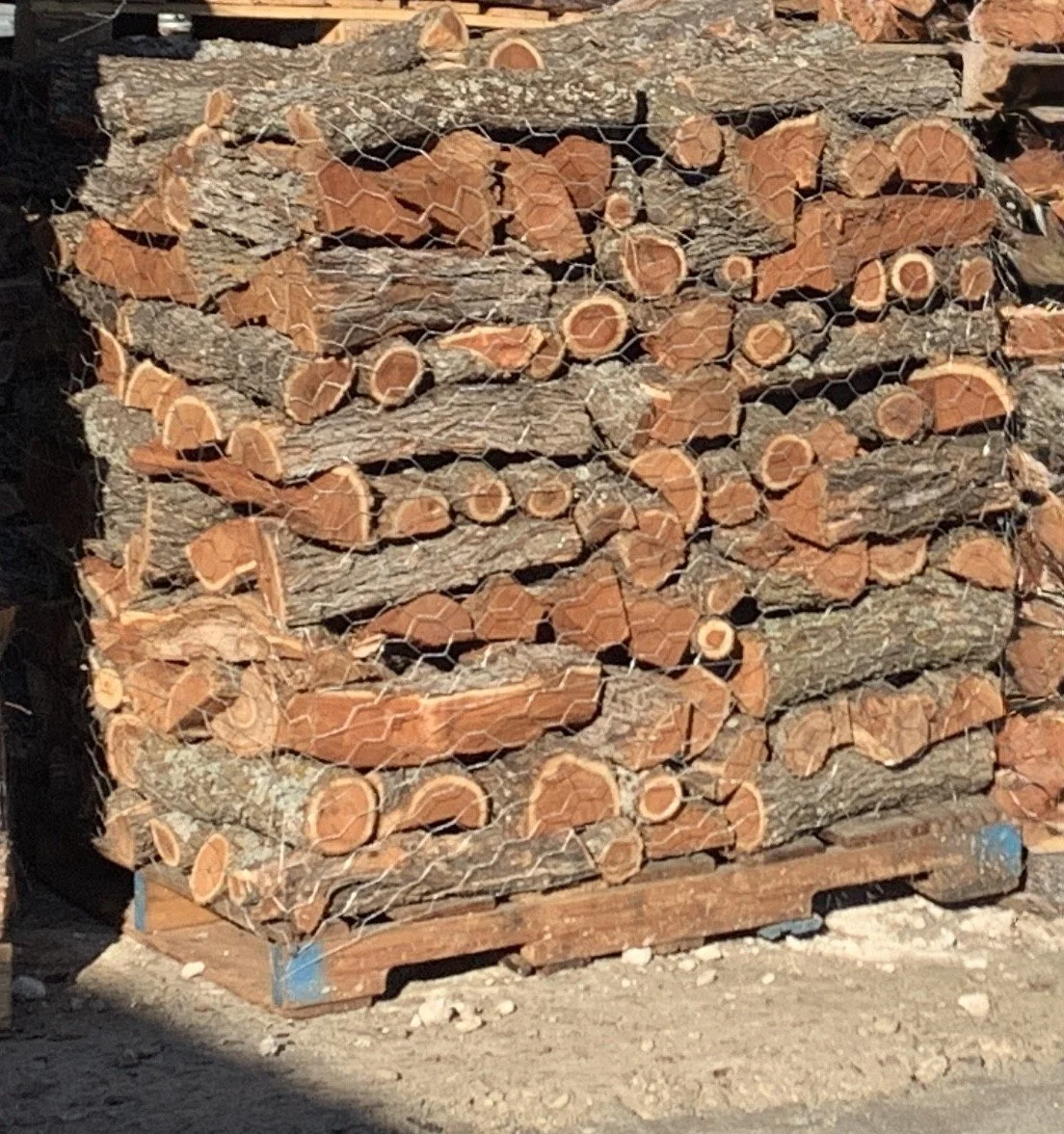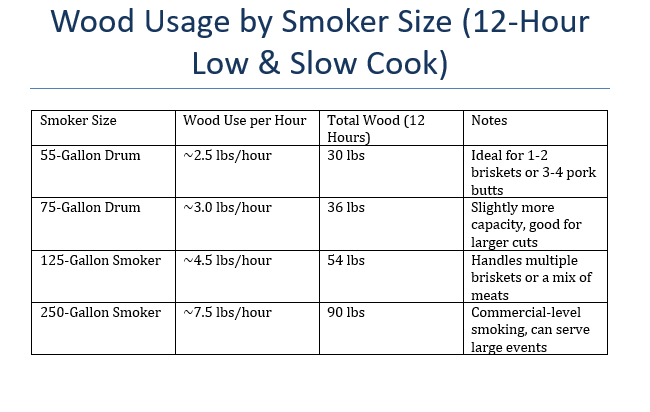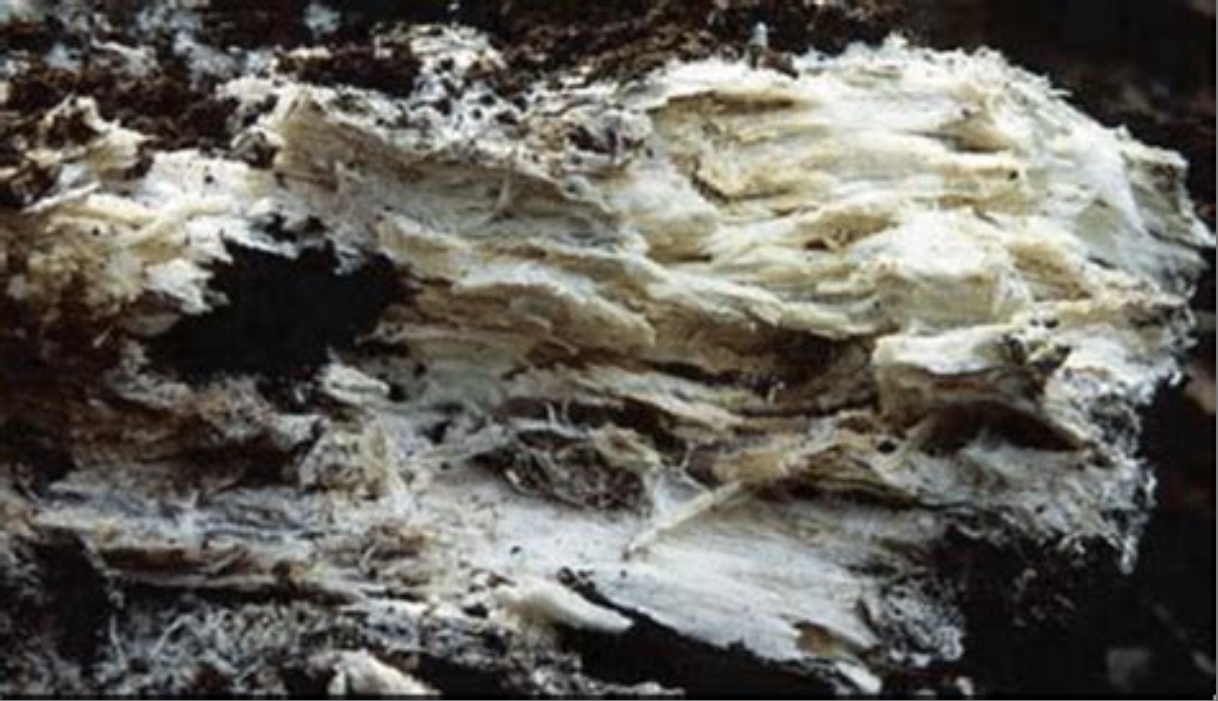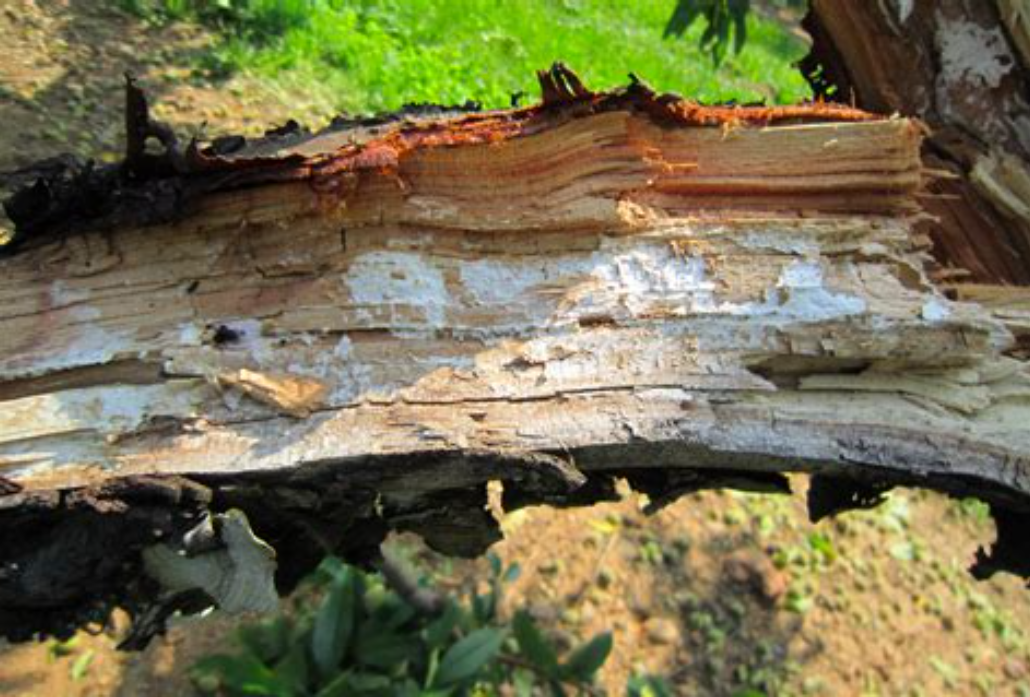🔥 Two Bits a Rake: Firewood Prices and Purpose in East Texas During the 1920s
Back in the 1920s, long before gas lines snaked their way through towns and electric heaters buzzed in every room, firewood was still king in East Texas. Folks didn’t just use it for ambiance or weekend cookouts—it was a daily necessity. Whether you were boiling laundry water, keeping warm through a Piney Woods winter, or stoking the pit for a pot of beans, firewood fueled daily life.
💰 The Cost of Firewood in the 1920s
So, what did firewood cost back then? Based on old newspaper clippings and records from rural East Texas counties like Angelina, Nacogdoches, and Smith, a “rick” or “cord” of wood sold for anywhere from 50 cents to $1.50, depending on the season, the split, and the kind of wood.
To put it in perspective:
A “rick” (about a third of a true cord) might’ve gone for around 25 to 50 cents.
A full cord (4x4x8 feet of tightly stacked wood) could fetch $1 to $1.50, especially in the colder months.
In towns, if you had it delivered by mule wagon or truck, you might pay extra—maybe a nickel or dime more per load.
Compare that to a day’s wages back then—most working folks made $1 to $2 a day, so firewood was a real chunk of the household budget.
🌲 What Kind of Wood Was Used?
East Texas is covered in trees, but not all wood burns the same. In the 1920s, the main types of firewood used were:
Post Oak: Known for its steady, clean burn. A favorite for heating homes and cooking on wood stoves.
Hickory: Hard to split but worth it—hot, long-lasting coals. Folks loved it for smoking meats.
Pine: Plentiful and easy to split, but burned quick and smoky. Mostly used for kindling or short burns.
Blackjack Oak & Elm: Cheaper woods used when times were tight.
If you had the money, you got oak or hickory. If times were lean, you burned whatever would catch fire.
🪓 What Was It Used For?
In the 1920s, firewood wasn’t just a luxury—it was a lifeline:
Home Heating: Wood-burning stoves and fireplaces heated the home. Folks often had to gather enough wood to last the entire winter by fall.
Cooking: Wood stoves were still standard in rural homes. People knew how to cook a roast, boil coffee, and bake biscuits all from fire control.
Laundry: Water had to be heated over a fire for washing clothes or bathing.
Smokehouses: Hickory and oak were prized for smoking hams, sausages, and jerky.
Schoolhouses and Churches: Many one-room buildings had a central wood stove for warmth.
🪵 The Cultural Connection
Wood wasn’t just fuel—it was part of the rhythm of life. Families chopped and stacked it together. Boys learned to split kindling before they could write their names. And there was always that one uncle who claimed he could smell if the wood was “green.”
Final Thought
Nowadays, firewood is more of a weekend pleasure than a survival necessity—but at TPOST Firewood, we like to think we’re keeping that old East Texas spirit alive. Quality wood, honest work, and the smell of hickory in the air—some things never go out of style.
North vs. South Texas Mesquite: Why TPOST Firewood Sticks with the Good Stuff
Now I ain’t lookin’ to stir up a Texas border battle, but when it comes to mesquite — the kind that makes fires worth sittin’ around — there’s a real difference between what grows down south and what we stack up in North Texas. And I reckon it's worth talkin’ about.
South Texas mesquite? That wood grows lean and mean. It’s fightin’ for water in dry, scrappy land, twisted up like it’s wrestlin’ the wind every day of its life. Burns hot and fast, but it don’t hang around long — kinda like your cousin who shows up to the BBQ empty-handed and leaves with a to-go plate.
That said, South Texas mesquite is top-notch when it comes to makin’ lump charcoal. That dense, tight grain makes for beautiful coal — hot, clean, and long-burning once it’s cooked down proper. And yep, we stock that charcoal at TPOST Firewood, ‘cause we know some of y’all like to get your grill on with that old-school Texas flavor.
Now let me brag a bit on North Texas mesquite.
This wood comes from richer land — inland country where the trees get a little more rain, a little more room to breathe. Grows slow and steady, not all twisted up like its southern cousin. That means straighter grain, cleaner splits, and thicker cuts. It’s the kind of wood that don’t just burn — it works.
Feast your eyes on what we haul:
Now that ain’t no pile of sticks — that’s a wall of seasoned North Texas mesquite, cut thick and stacked tighter than payday at the refinery. You want flavor? You’ll get it. But it’s a little milder than that South Texas punch-in-the-mouth — lets your meat speak for itself without smokin’ it into next Tuesday.
And look at this beauty up close:
That’s the good stuff — bark on, core tight, and full of that sweet smokin’ soul. It splits clean and burns long, just like a Friday night fire oughta.
Here at TPOST Firewood, we stake our name on North Texas mesquite — firewood raised right. Whether you’re smokin’ brisket, cookin’ over lump charcoal, or just need a good solid burn, we’ve got you covered from pit to porch.
So next time someone brags on their South Texas mesquite, just tip your hat, hand ‘em a stick of ours, and say:
“Go ahead and light this. You’ll see the difference.”
Quantity of post oak needed to smoke a brisket
Each stick of wood from the Tpost is between 5 and 7.5 lbs. Personally i always use probably 30% more wood but my pit doesn’t seal great. Also the amount of wood used also depends on temperature and wind conditions. Folks always ask me how much wood do they need, hopefully this helps!
Mold problems when harvesting a tree that has been on the ground too long
Common Mold & Fungal Growth in Downed Oak Wood:
1. White Rot
Appearance: White, stringy or fibrous areas inside the wood
Cause: Fungus that breaks down lignin, leaving behind light-colored cellulose
Effect: Weakens structural integrity; often found in oak left damp on the ground
2. Brown Rot (Dry Rot)
Appearance: Brown, crumbly, cube-like cracking patterns in the wood
Cause: Fungi that digest cellulose, leaving brittle lignin
Effect: Common in dead hardwoods; serious decay
3. Blue Stain Mold (Sapstain)
Appearance: Gray-blue or blackish streaks
Cause: Non-structural fungi that enter through wounds or cuts
Effect: Affects appearance but not strength; not toxic but undesirable for cooking
4. Black Mold (Aspergillus or Cladosporium)
Appearance: Black powdery or spotted surface mold, often on bark or damp ends
Cause: High moisture and limited airflow
Effect: Potential allergen; may be unsafe to burn for food use
5. Mycelial Mats (Fruiting Bodies)
Appearance: White or tan fuzzy growth; sometimes mushrooms or brackets
Cause: Indicates active fungal colonization
Effect: Clear sign the wood has been decomposing for too long
⚠️ Implications for Firewood Use
If you're cutting firewood from a post oak tree that’s been down more than 6–12 months, especially in humid conditions, it’s at high risk for internal fungal decay and mold. This kind of wood:
May not burn well (low heat output)
Could emit bad odors or excessive smoke
Is not suitable for cooking—especially if mold is present
✅ What to Do
Split the wood and inspect the inside: look for staining, softness, or odor
Avoid moldy pieces for cooking; if used for heat, burn only outdoors with good ventilation
Discard soft, punky, or visibly moldy logs—they've already begun decomposing
Example of White Rot
Example of Wet Rot
Example of Wood Decay Fungi
The Effects of Keeping Green Wood Near your Pit (assuming you are running your pit daily)
Firewood Drying Estimate: 24% to 10% Moisture Near Smoker BBQ at 180°F
If you place firewood at 24% moisture content about 2 feet away from a smoker BBQ operating at 180°F, and aim to reduce it to 10% moisture, here’s a realistic breakdown:
Estimated Drying Time
10 to 20 days
Drying Conditions
Condition
Impact
Starting Moisture: 24%
High – wood is still fairly wet inside.
Target Moisture: 10%
Low – hard to reach naturally.
Smoker Temp: 180°F
Helps significantly, faster than 160°F.
Distance: 2 feet
Moderate effect from radiant heat.
Humidity: Moderate
If high (e.g., Houston), slows drying.
Airflow: Weak/Still
Slows drying. Needs ventilation.
Why It Takes This Long
- The first 10–15% of moisture evaporates relatively quickly.
- Getting from 15% to 10% takes much longer — it's 'bound water' that requires more time and heat.
- At 2 feet, you’re not getting direct contact heat — just indirect radiant warmth, which helps but isn’t fast.
- Daily rotation and air movement are crucial to prevent moisture from getting trapped.
Ways to Speed It Up
- Move wood closer (12–18 inches), being careful not to overheat or scorch it.
- Use a fan or blower to increase airflow across the wood.
- Keep it elevated off the ground and uncovered, but protected from rain.
- Rotate and flip wood every 12–24 hours
Is this post oak?
our customer cooking for the weekend had this question…
This is post oak that a customer was recently asking about.
Based on the image, the wood does appear to have characteristics consistent with post oak:
Bark texture: Thick, rough, and blocky with a rugged appearance, typical of post oak.
Color: The outer bark is grayish with deeper fissures, while the heartwood is light to medium brown — which matches post oak’s appearance.
Grain: The visible grain pattern is coarse and straight, another match for post oak.
However, visual identification alone isn’t always 100% reliable. Post oak (a type of white oak) is very dense and heavy, burns hot, and has a mild smoke flavor — which makes it popular for BBQ.
To be more certain, you can also check:
Weight: Post oak is heavy for its size.
Smell: When freshly split or burned, it gives off a mild, pleasant aroma (not overly sweet or acrid).
Burn quality: Burns slowly and evenly with good coals.
How to differentiate Hickory from Post Oak
THIS IS HICKORY - Its kinda stringy like pecan and the bark is sometimes very similar to Post Oak.
1. Density & Weight
Post Oak: Very dense and heavy, but lighter than hickory.
Hickory: One of the densest hardwoods in North America; heavier and harder than post oak.
2. Bark Texture
Post Oak: Thick, blocky, rugged bark with deep fissures.
Hickory: Shaggy or scaly bark, often peels in strips. Some species have tight bark, but many (like shagbark) are easy to spot.
3. Color (Heartwood)
Post Oak: Light to medium brown.
Hickory: Light reddish-brown to tan, often with more color contrast between heartwood and sapwood.
4. Grain
Post Oak: Coarse, straight grain; open pores.
Hickory: Fine, tighter grain with more variation; can be wavy.
5. Smell
Post Oak: Mild, clean, and slightly sweet aroma when burning — excellent for smoking meats.
Hickory: Stronger, sweeter and more pungent smoke — great for bacon, ribs, and heavier meats.
6. Burn Characteristics
Post Oak: Burns hot and long, makes good coals. Low-to-medium smoke intensity.
Hickory: Burns hotter and longer than most hardwoods, produces more smoke. Can overpower delicate meats.
7. Splitting
Post Oak: Splits fairly easily when seasoned.
Hickory: Very tough to split, even when dry, due to its density and interlocking grain.
BBQ Use Tip
Use post oak for brisket and longer cooks when you want balance and consistency.
Use hickory for shorter cooks or to add bold smoke flavor — but go easy on it to avoid over-smoking.













